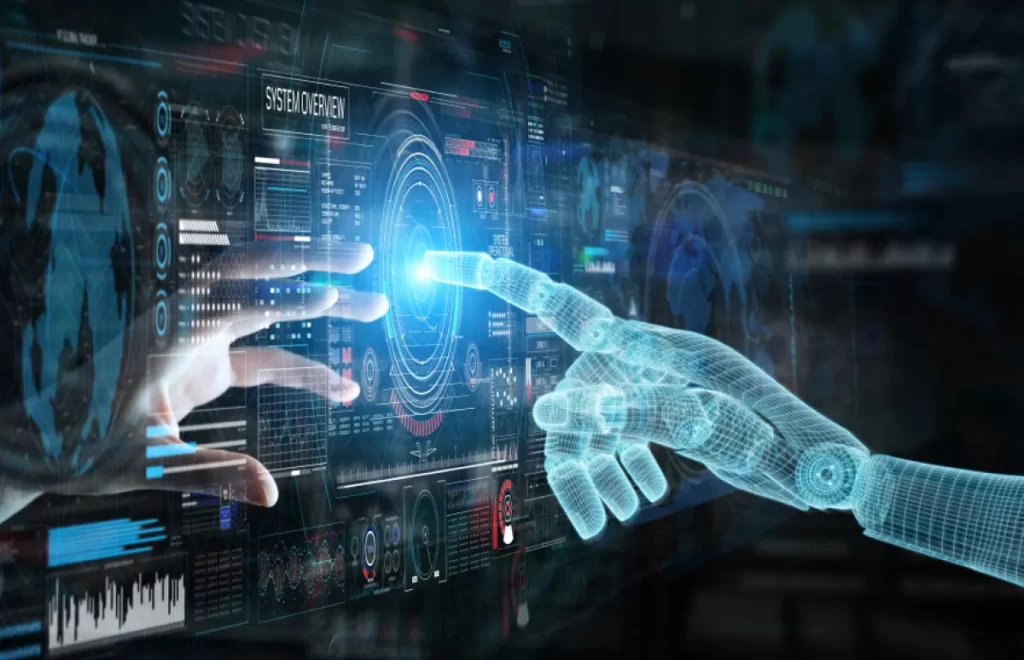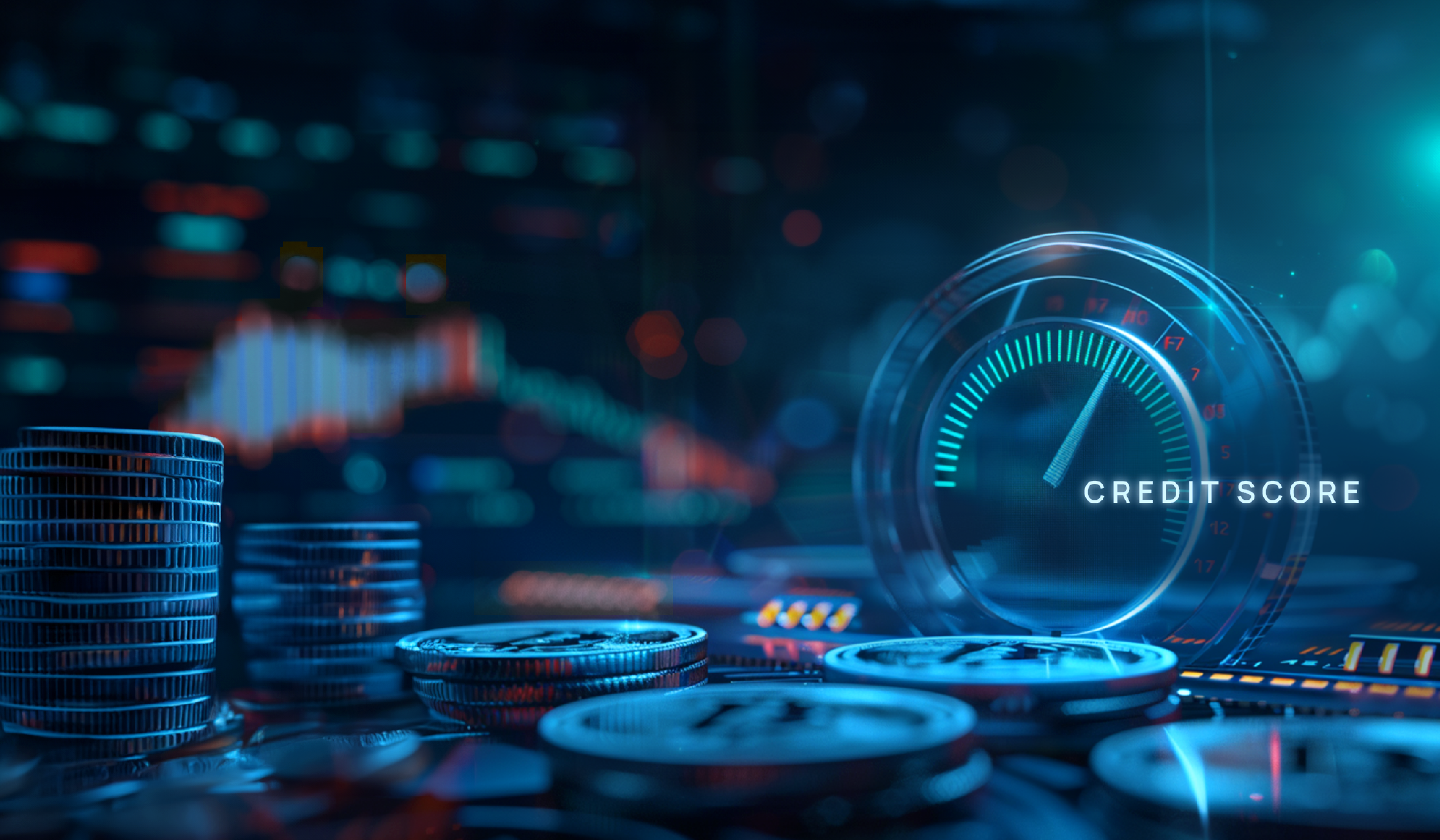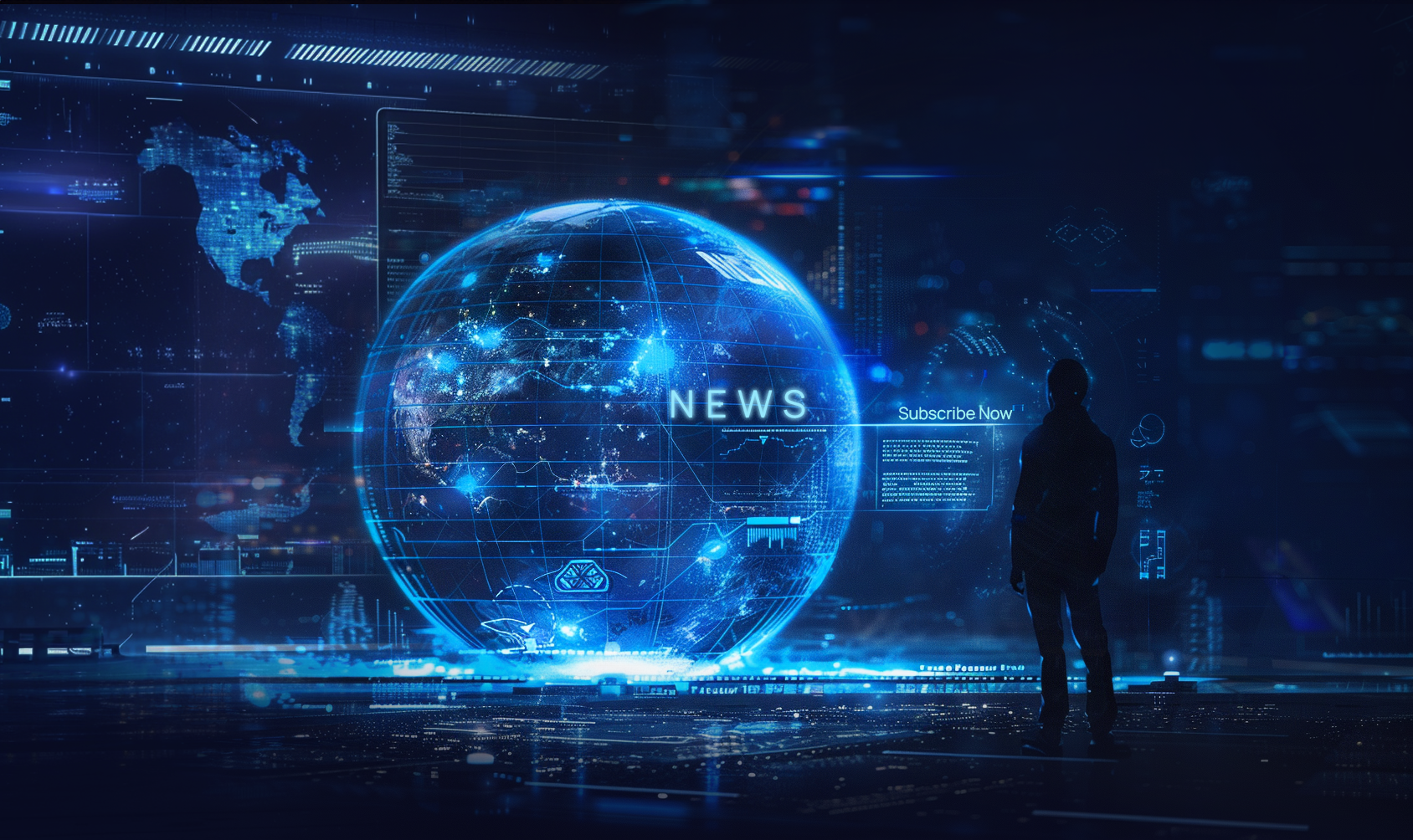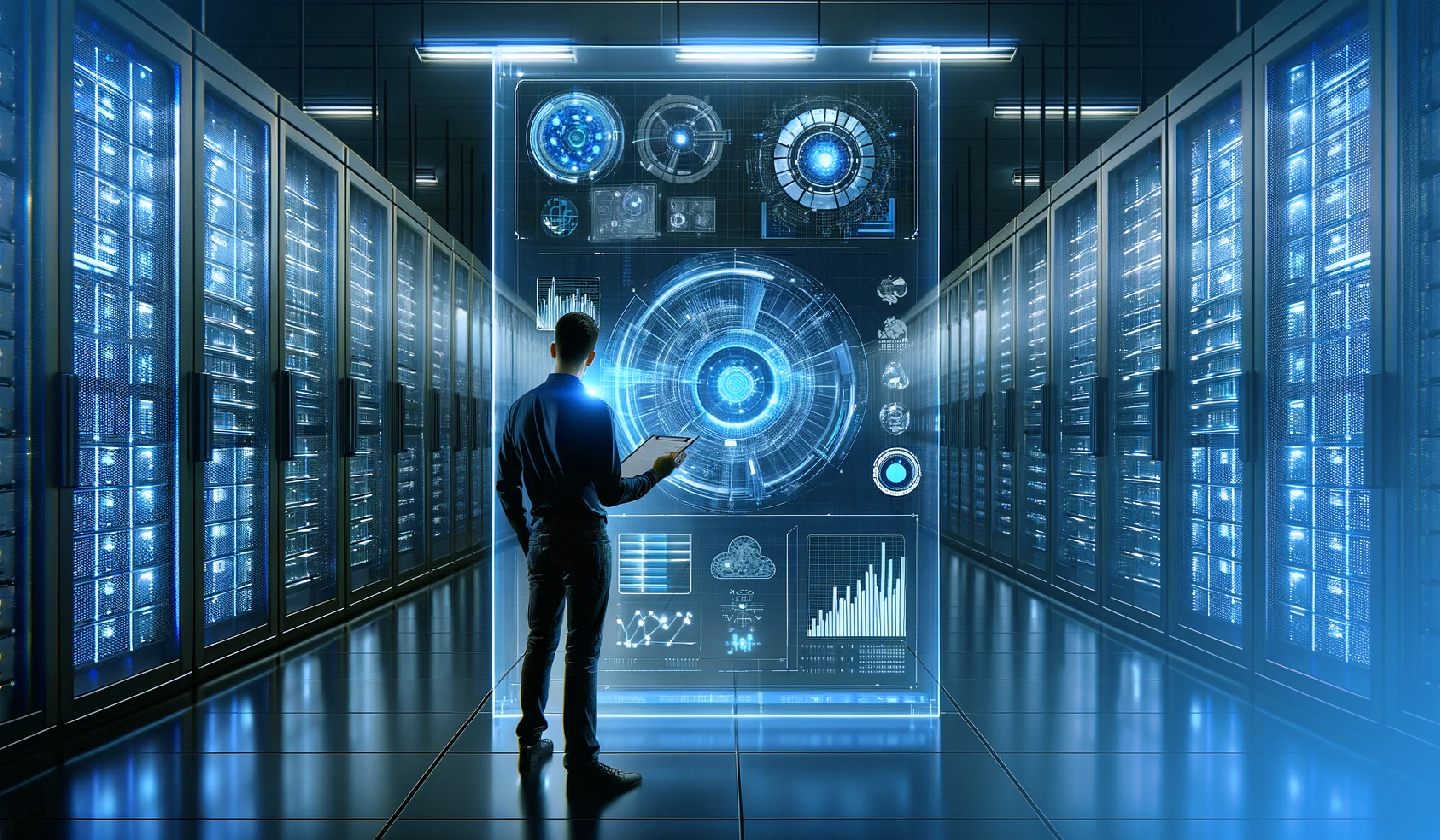Meet Gravity, a normal human being in an AI-powered world. Gravity wakes up to an alarm set on smart speaker Alexa. And Gravity does not worry about breakfast: his smart refrigerator has already ordered milk and his favorite fruits. While at breakfast, Alexa reads to him the news headlines and reminds him about important meetings for the day. He gets dressed for work, and being a person who is fitness-conscious, straps on his Apple watch, before stepping out of his house. His Tesla car drives him to work and parks itself in the parking slot allotted to him. At work, he interviews candidates shortlisted by a screening algorithm for a vacancy in his team. Work done, he goes back home, and relaxes with favorite music in the background, played through Alexa. Does Gravity sound like an exception? Do you think, ‘Gravity is a lucky guy, there isn’t much chance that I use intelligent systems like he does’? This brings us to the subject of the blog: to highlight how AI is, as sure as the sunrise, transforming life every day for businesses, for you and me, and for others on Planet Earth.
Understanding the hype behind Artificial Intelligence (AI)
Artificial Intelligence (AI), as a term was coined in 1955 (approx.) by John McCarthy who was an American computer and cognitive scientist. AI relates to “developing systems that behave and reason like humans.” To put it more technically, it is the “science of making intelligent machines that perform tasks as well as, or better or faster than humans.” Popular examples of applications of AI include Siri, Amazon Alexa, Google Home, Apple HomePod, Google Assistant.

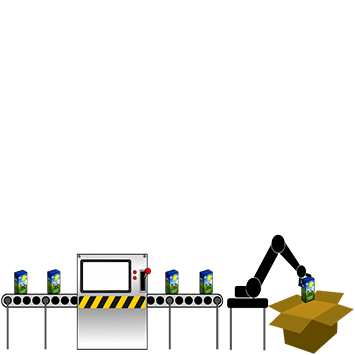
- More affordable computing power, thanks to better processors and cloud computing
- Availability of open source algorithms such as TensorFlow and Keras
- Growth in data generation due to digitization as well as reduced cost of data storage
- And finally, heavy investments in this area by tech companies like Google, Facebook, and Apple to name a few.


There are some terms which are used in close relation to AI: namely, Machine Learning (ML), Deep Learning (DL) and Internet of Things (IoT). Here’s the low-down on how these fields relate and differ from each other.
Machine learning (ML) is “the study of algorithms that improve their performance at some task with experience”, as defined by Tom Mitchell in 1998. Machine learning employs techniques such as regression and classification. Media Mix Modeling, Recommendation Systems, Demand Forecasting, Churn Modeling, Service Optimization, Customer Segmentation, Spam Filtering are a few examples of ML systems.
Deep learning is term attributed to Rina Dechter (1986) which deals with “a subfield of machine learning concerned with algorithms called artificial neural networks, which are inspired by the structure and function of the brain.” Speech recognition, handwriting recognition are a couple of examples of deep learning.
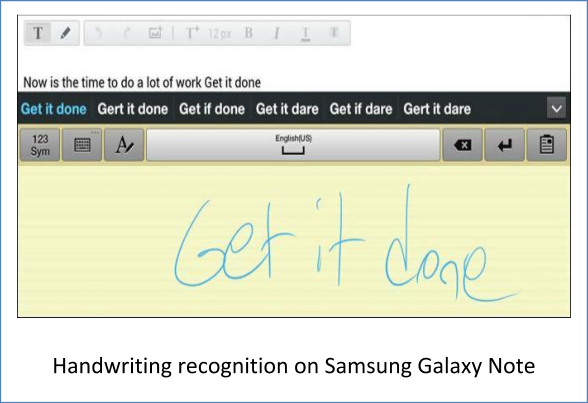
Another closely related term is Internet of Things (IoT). While IoT deals with connecting devices to the web, AI is what makes these devices smart.
Increasing application of AI across industries
Entertainment: Whether you use Amazon Prime, Netflix, or YouTube, AI is making the decisions for you. AI is playing a huge role in recommending a video on YouTube or a show on Netflix and pre-creating a playlist on Spotify, or any music streaming service. Also, using past viewing data, bandwidth usage is predicted to help decide when to cache regional servers for faster load times during peak demand for improved streaming quality. YouTube’s automatic captioning uses AI to subtitle the videos. It captures the voice and converts it to text.
Google recently celebrated Bach’s birthday with its first AI-powered doodle. The doodle allowed users to compose a melody of their own and automatically harmonized the custom melody into Bach’s signature music style.
The video game industry is one of the earliest adopters of AI. Any game that you play has some sort of application of ai. When you are playing games such as PUBG or Fortnite, you start against a couple of AI-powered bots before moving on to play against real players. When you are playing racing games, you are racing against AI bots.
Banking: One of the AI uses cases in banking is to monitor transaction requests. They spot patterns in transactions and alert users of suspicious activity. AI can personalize your experience on mobile banking apps. For example, the Wells Fargo app analyzes account information to provide personalized alerts like Bill pay reminders, Pre-overdraft alerts and Transfer prompts.
Social Media: LinkedIn uses AI to help match candidates to jobs creating better employee-employer matches. Employers can find the potential candidates by screening their resumes and deciding the best fitment to a role.
Everyone is aware of the automatic tagging feature of Facebook, which uses face recognition. But Facebook has created an AI-based population map of Africa to help locate people during crisis. This feature is aimed at helping relief agents know where to go when providing aid. It has also decided to use AI to stop telling users to say hi or invite their dead friends to parties. In November 2017, Facebook launched a proactive detection feature that scans posts to detect patterns that may indicate if a user may be considering self-harm. Mental health resource professionals are immediately alerted to any post relating to suicidal thinking. Friends of the poster are also alerted. Sheriff Joseph A. Gerace in upstate New York explains how his department once received a phone call about a young woman that was threatening to harm herself. The local police used Facebook’s AI detection feature to locate the woman through her mobile phone. They were then able to rush her to the hospital, which saved her life.
One of the popular AI use cases is the creation of chatbots. Chatbots attempt to mimic natural language, simulating conversations as they help with routine tasks such as booking appointments, taking orders, or answering billing questions.
Pinterest’s LENS tool uses AI to identify objects in images and you are even able to find the product’s seller, so that you can purchase the item.
Health Care: AI can be used extensively in the healthcare industry. Medical datasets are fed into AI systems to predict genetic mutations, thereby providing improved medical attention to patients. According to Dr. Marko Topalovic, a postdoctoral researcher at the Laboratory for Respiratory Diseases, Catholic University of Leuven, Belgium, diagnosing lung disease using AI was found to be accurate in twice as many cases as the diagnosis of pulmonologists.


There have been many instances where an Apple watch had saved people’s life. The recent one being that of a user by the name ClockworkWXVII who took to Reddit to share his story on how the Apple Watch 4 saved his life. “I was lying in bed, enjoying some TV and homemade brisket, when my Apple Watch told me that my heart rate was weird, and then, told me my heart rate was stupid fast (thank you heart rate alerts). Called ER, when they arrived, they found me in serious trouble. Body went into shock, got rushed to the hospital in a stretcher, and got taken into trauma,” said the man on his post.
Stock markets: As AI advances to new abilities, its involvement, impact, and ability to influence the markets will increase drastically. According to a study by Coalition, an U.K. research firm, electronic trades account for almost 45 percent of revenues in cash equities trading. And while hedge funds are slow to be automated, AI-powered analysis are being increasingly used to get investment ideas and build portfolios.
Travel: One of the latest applications of artificial intelligence is in the travel sector. Self-driving cars use AI to better evaluate the situation on the road in real time. They apply their learnings from previous situations to make better decisions. For example, all Tesla cars are connected and the things that your car learns is shared across all the cars.
Uber uses AI to determine how long it will take to get from one location to another. This is used to let users know the ETA of their cab or their food delivery. AI is also used to set prices based on what they think you might be willing to pay. A recent report by The Independent claims that Uber is developing AI that will help determine if a rider has been drinking — before the driver agrees to pick up the passenger, by analyzing and comparing the rider’s patterns of typing, walking speed, and other factors.
Google Maps uses AI to calculate traffic and find the quickest route to your destination. It offers directions based on the fastest route according to the usual traffic.
A 2015 survey of airline Boeing 777 pilots reported spending only 7 minutes manually flying the plane during a typical flight, and the rest being done by AI technology. According to a report by Wired Magazine, Boeing is working toward building jetliners completely piloted by AI — with no human pilots at the helm.
AI can also be used to identify parking lots which are free around a smart city by integration with IoT.
Marketing: One of the most popular industries with multiple AI use cases is marketing. AI has become so successful in determining our interests that it is extensively used in the online ad industry, serving us the right ads. The global digital ad industry is now valued at 250 billion US dollars and it is expected to breach the 300 billion mark in 2019.
AI even filters your incoming emails, diverting spam away from your inbox. It works better than software rules because it learns what could be spam based on the content of the email. It builds a model based on user’s preferences – what is spam to you may not be spam to another user. Google categorizes the mails into Primary, Social, Promotions and Spam. It claims that AI-powered filtering prevents more than 99% of spam from getting into your inbox. It also helps to target specific users for the right Promotions.
Retail: Perhaps the best example of application of AI in retail is Amazon Go. Customers who walk into Amazon Go stores do not have to bother about long queues. To check out their purchases, they simply swipe their smartphones. The store uses computer vision and DL algorithms to provide this experience to their customers.
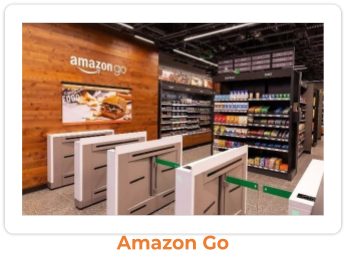
Understanding the challenges of AI implementation
As with any system, AI has a downside too. Since AI systems are basically trained by humans, it can imbibe prejudices and biases within itself. For instance, a criminal justice system used in the US rated white offenders as less likely to recommit offences than black offenders. Similarly, in the beauty industry, when AI was used to judge human beauty objectively, it was found to shortlist white-skinned participants over others. Amazon had to shelve an AI recruiting tool that preferred men over women for technical posts. In addition, there is the question of who should be held responsible if AI systems cause disasters such trading algorithm causing huge losses, or autopilot in aero planes leading to crash (Boeing MAX). There is also a threat from AI-powered weapons.

The funny side of Artificial Intelligence use cases
Now, with good and bad done, here is the funny side of artificial intelligence use cases: things that happen when AI decides to have fun.



Sophia, a humanoid robot became the first robot to receive citizenship of Saudi Arabia. She was created by Hong Kong based company Hanson robotics. She is the first non-human to be given any United Nations title – the United Nations Development Programme’s first ever Innovation Champion.
Conclusion
All of our lives are impacted by AI in some way or the other. From waking to sleeping, from travel to shopping for groceries or clothes or books, from healthcare to personalized medicine, from music to movies, from social networking to professional networking, from automation to surveillance, each of these activities has a dash of AI. This is the AI-flavored world that we live. What are your thoughts now on application of artificial intelligence in business? How can your organization use AI? More importantly, do you recognize how much AI you use every day?
Helping your business realize the promise of AI
LatentView Analytics is working with companies across industries to harness the power of AI to transform their business processes, drive innovation and enhance customer experience. To know how LatentView Analytics can help you plan for AI and leverage its potential within your business, please get in touch with us at marketing@latentview.com


